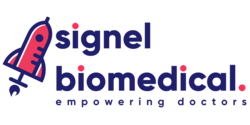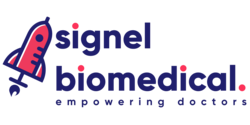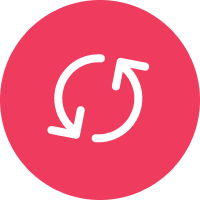How Phototherapy Units are Improving Neonatal Jaundice Treatment

Neonatal jaundice is a common condition affecting newborns, characterized by the yellowing of the skin and eyes due to elevated levels of bilirubin in the blood. Fortunately, advancements in medical technology have led to the development of phototherapy units, offering a safe and effective treatment option for neonatal jaundice. In this article, we will explore how phototherapy units are revolutionizing neonatal jaundice treatment, their benefits, and the positive impact they have on the well-being of newborns.
Understanding Phototherapy Units
Phototherapy units are medical devices designed to treat neonatal jaundice by utilizing specific wavelengths of light. These units emit light that helps convert the unconjugated bilirubin in the baby's blood into a soluble form that can be easily eliminated from the body.
Mechanism of Phototherapy Units
a) Light Sources
Phototherapy units employ various light sources, such as fluorescent tubes, compact fluorescent lamps (CFLs), or light-emitting diodes (LEDs). These sources emit blue or green light, which is most effective in breaking down bilirubin.
b) Light Exposure
During phototherapy treatment, the newborn is placed under the light source while wearing protective eyewear. The skin absorbs the light, allowing the bilirubin to undergo photoisomerization, becoming a water-soluble form that can be excreted through urine and stool.
Benefits of Phototherapy Units
a) Non-Invasive Treatment
Phototherapy units provide a non-invasive treatment option for neonatal jaundice. Unlike other interventions that may require invasive procedures or medications, phototherapy is gentle and well-tolerated by newborns.
b) Efficiency in Bilirubin Reduction
Phototherapy units effectively lower bilirubin levels in newborns. The specific wavelengths of light used in phototherapy facilitate the breakdown of bilirubin into harmless byproducts, reducing the risk of complications associated with high bilirubin levels.
c) Shortened Hospital Stays
By offering phototherapy treatment, hospital stays for neonatal jaundice can be significantly reduced. Many newborns can receive phototherapy on an outpatient basis, allowing them to be at home with their families while still receiving the necessary treatment.
Positive Impact on Neonatal Care
a) Enhanced Safety and Monitoring
Phototherapy units are designed to prioritize the safety of newborns. They incorporate features such as protective shields, temperature regulation, and monitoring systems to ensure optimal treatment conditions and minimize potential risks.
b) Parental Involvement and Bonding
Phototherapy units allow parents to actively participate in their baby's treatment. This involvement fosters bonding and empowers parents to be an integral part of their newborn's care journey, leading to increased confidence and emotional well-being.
c) Accessibility and Cost-Effectiveness
Phototherapy units have become more accessible in healthcare settings, ranging from hospitals to clinics and even home-based care. Their availability and relative affordability have made neonatal jaundice treatment more accessible to a broader population, irrespective of geographic location or financial constraints.
Phototherapy units have transformed the landscape of neonatal jaundice treatment, offering a safe, efficient, and non-invasive approach. By utilizing specific wavelengths of light, these units help break down bilirubin and expedite its elimination from the body.
The benefits of phototherapy units include shorter hospital stays, improved safety, enhanced parental involvement, and increased accessibility to treatment. As medical technology continues to advance, phototherapy units will undoubtedly play a pivotal role in improving the outcomes and well-being of newborns affected by neonatal jaundice.

















